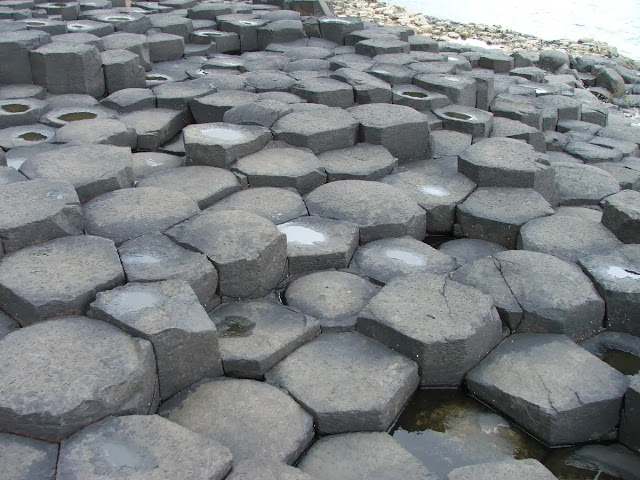Bacteria That Transform Toxins into Pure Gold Discovered
The shimmering gold in the image above wasn’t panned from a river or dug from a mine. It was created by a remarkable bacterium called Cupriavidus metallidurans, which can survive in toxic, metal-rich environments and transform poisonous gold compounds into tiny particles of pure, 99.9% metallic gold. This isn’t a fairy tale—it’s cutting-edge science, recently detailed by researchers exploring the microbe’s unique abilities.
This bacterial “alchemy” is the work of Cupriavidus metallidurans, a tough microbe that thrives in soils laden with heavy metals like gold and copper, which are toxic to most life forms. Scientists, including those at Michigan State University, have uncovered how this bacterium pulls off its golden trick, with findings published in journal Metallomics.
Here’s how it works
when C. metallidurans encounters toxic gold ions (like those found in gold chloride, a chemical compound in nature), it faces a life-threatening challenge. These ions, along with copper, can poison the bacterium by disrupting its cellular processes. To survive, C. metallidurans activates specialized enzymes, such as CopA, which transform the harmful gold ions into harmless metallic gold nanoparticles, typically 25-50 nanometers in size. These tiny gold specks form outside the cell, protecting the bacterium from toxicity. It’s not “pooping” gold nuggets, as some might jokingly say, but rather a sophisticated defense mechanism that leaves behind microscopic gold particles.
This process caught the attention of Kazem Kashefi, an assistant professor of microbiology, and Adam Brown, an associate professor of electronic art, who created an artistic installation called The Great Work of the Metal Lover. Their compact laboratory feeds C. metallidurans gold chloride—a toxic, gold-containing liquid—and in about a week, the bacteria produce pure gold nanoparticles. Kashefi calls it “microbial alchemy,” turning a dangerous substance into a precious metal. However, the starting material, gold chloride, isn’t cheap or valueless; it already contains gold, making the process more of a transformation than a creation from nothing.
Maybe this critter can save us all from the global economic crisis?
While the idea of bacteria churning out gold sounds like a solution to an economic crisis, don’t expect C. metallidurans to flood the market with bullion. The gold particles are incredibly small, and producing even a gram requires more gold chloride than the value of the gold itself, plus large volumes of bacterial culture. It’s not a practical way to get rich, but it’s a scientific marvel with potential uses. For example, researchers are exploring how this bacterium could help clean up heavy metal pollution or extract gold from low-grade ores in an eco-friendly way, reducing reliance on harmful chemicals like mercury.
C. metallidurans is a microbial superhero, with a resistance to toxic metals up to 25 times greater than previously thought. In nature, it plays a role in forming secondary gold deposits, like those found in Australian goldfields, where its nanoparticles can aggregate into larger grains over time. This discovery flips the script on medieval alchemists’ dreams of a Philosopher’s Stone—not a magical rock, but a tiny bacterium reshaping our understanding of gold in nature.
So, while Cupriavidus metallidurans won’t solve world hunger or mint millionaires, it’s a shining example of how microbes can perform extraordinary feats, blending science, art, and a touch of golden wonder.
See also: Scientists Discover How Bacteria Changes Ions Into Gold
What Types of Rocks Contain Gold




%20(1).webp)




